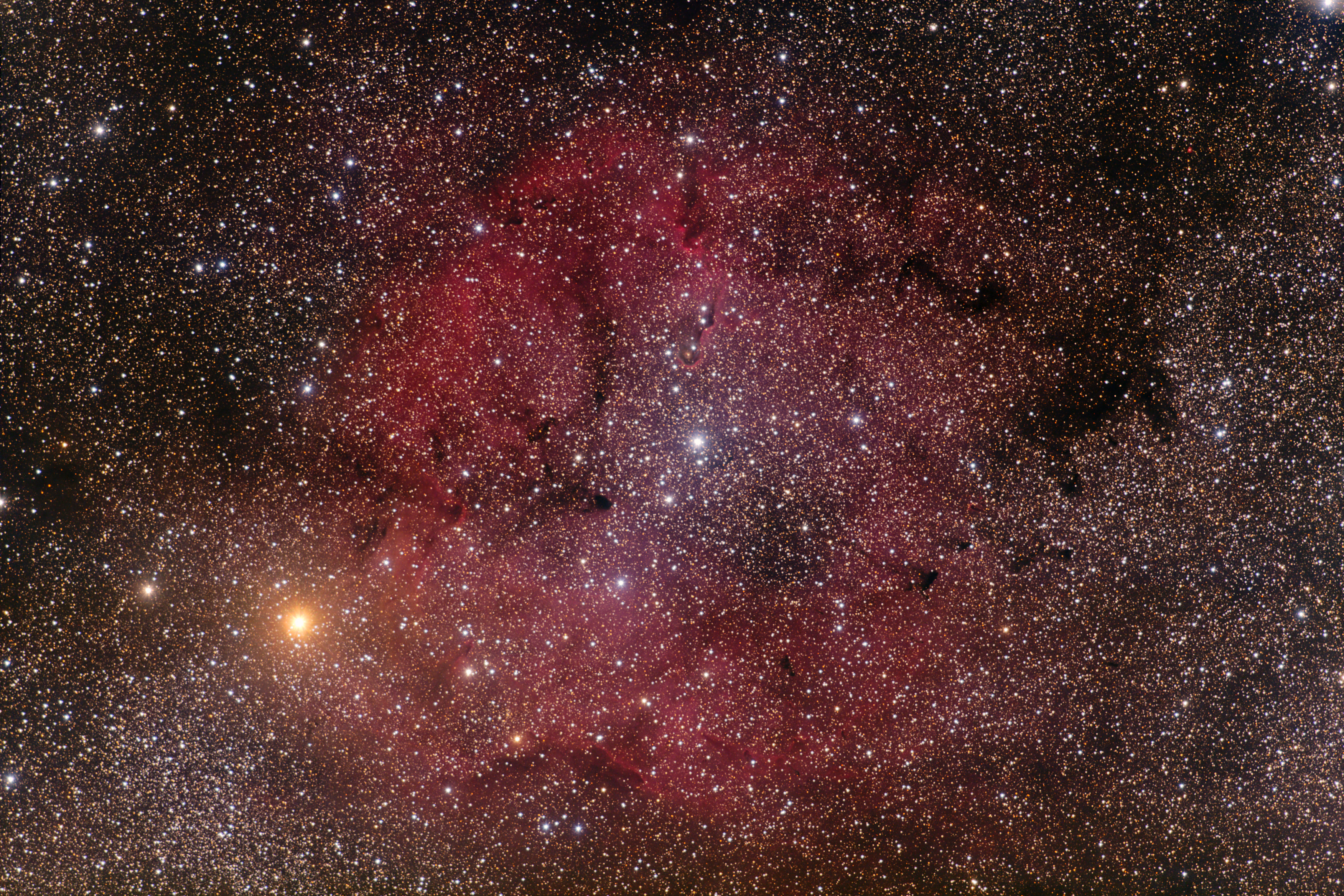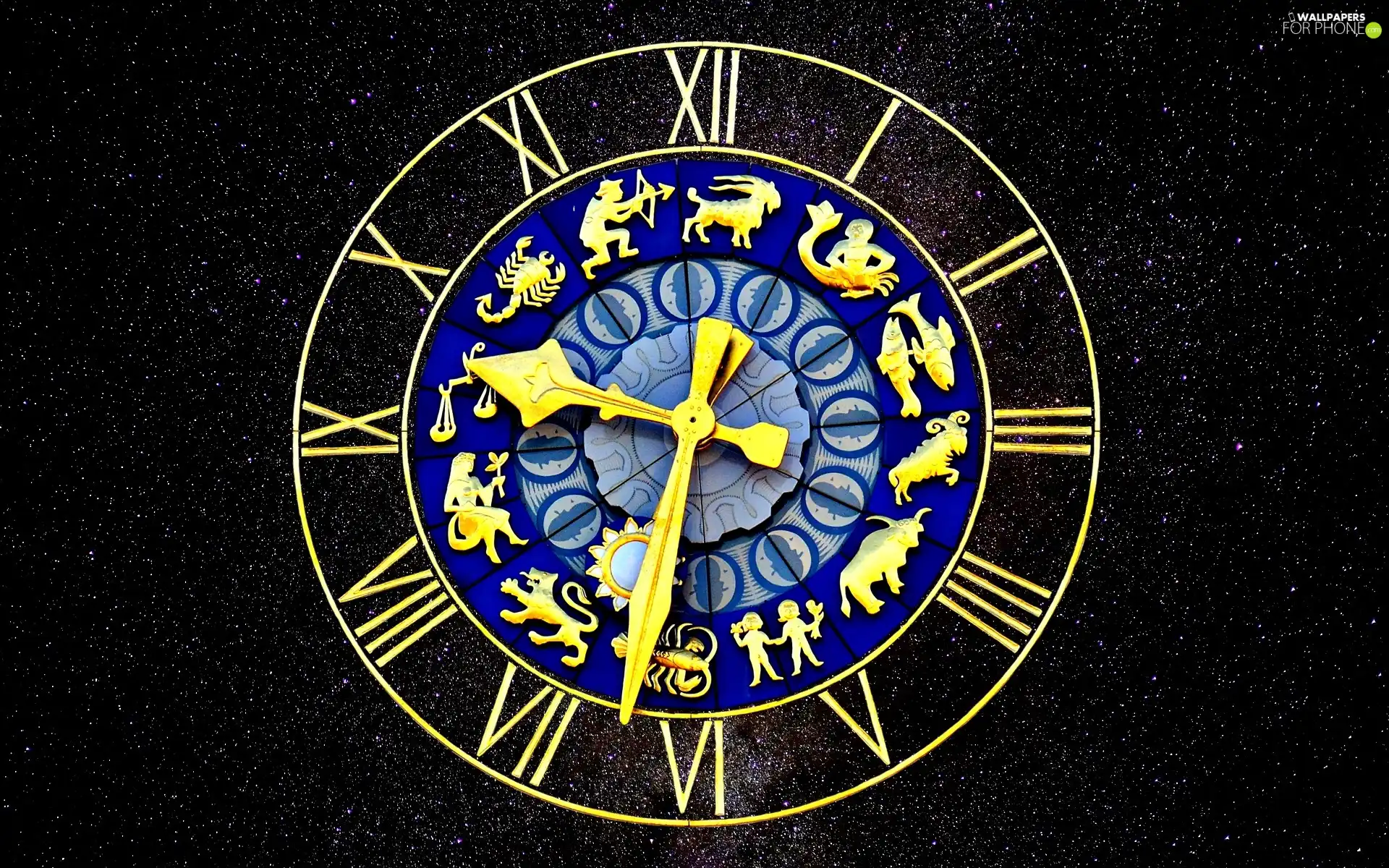

Taylor said.īy comparing the pulsar clock with the most accurate clocks on the Earth, it may be possible over a 10-year period to pin down the effect of these planets on the gravitational center of the system. While Pluto is far less massive than Jupiter, its position farthest from the system's center gives it a powerful ''lever arm,'' Dr. Taylor in an interview yesterday, the solar system's ever-changing gravitational center is significantly influenced by the masses of such outer planets as Saturn, Neptune and Pluto. Precise knowledge of this orbit has been limited by uncertainty about the gravitational center of the solar system, making these corrections difficult.Īs explained by Dr. The arrival time of each pulse of the pulsar must be corrected for the Earth's position in that orbit: Observations of the pulses are delayed according to the distance of the Earth from the pulsar, and so must be adjusted to account for those delays. These comparisons, however, will require more accurate knowledge of the Earth's orbit around the gravitational center of the solar system. The pulsar, the American group said, ''may provide us with an extremely stable, classical clock against which we can compare earth-based atomic clocks,'' which are based on the oscillations of certain atoms, such as cesium. Some astronomers suspect it was blown away by a supernova or stellar explosion. The most widely discussed explanation for its fast spin is that it was speeded up enormously when large amounts of material fell onto it from a companion star, adding to its angular momentum.Īs pointed out by the British group, no such companion now exists. The slowing rate observed by both groups is taken to indicate an age of at least 100 million years. Kulkarni of the University of California at Berkeley and Joe H.

One set of observations was by a group at the Jodrell Bank Observatory of the University of Manchester in England. Its time to check your clocks and rethink the traditional timepiece as functional wall decor. Specifically, the spacing between pulses is increasing by less than twenty-billionths of a billionth of each interval. Blue night sky stars Wall Clock About Society6 Wall Clocks. 27 issue of Nature show the rate of slowing down to be extremely low.

Instead, observations by two groups reporting in the Jan. Since the newly discovered pulsar is spinning extremely fast it would be expected to be very young and slowing rapidly. The others, with pulse rates of a second or more, are slowing at a barely perceptible pace. The youngest pulsars, such as the Crab Pulsar, which have much energy to shed, are slowing relatively fast. The superfast pulsar is not slowing down the way other pulsars do. As it grows dark at northern latitudes where the Sun has set, the bright star Capella can be seen low in the northwestern sky.


 0 kommentar(er)
0 kommentar(er)
